Why and how should the church respond to the climate emergency?
This is a series of six small-group discussion sessions that we (Sarah Parkin and Richard Baker) wrote for Lent 2021 as an introduction to our Climate Year. The material could be used at any time of year and we’ve made it available below for anyone who would like to make use of it.
Why should the church respond to the climate emergency?
Session 1: Beauty - what a wonderful world
Session 2: Truth - what do we know about climate change?
Session 3: Justice - how the poor suffer from the actions of the rich
How should the church respond to the climate emergency?
Session 5: Action - playing our part
Session 6: Hope
Using this material in other contexts
We put these together because we couldn’t find any alternative that we liked. We’re thus making our material available here in case anyone else would like to use it. The different sessions will become available as we work through them but then remain on this site.
You can work through the material as individuals but you’ll gain a lot more if you do so as a group. If you’re doing this over Zoom we suggest:
One member of the group guides the group through the text either by just reading what is written or paraphrasing in their own words.
A different member of the group reads the Bible passages.
The group watches the videos and shares in discussions and prayers together.
We hope you find the material useful. We’d love to hear how you get on (even if only to know that you’ve tried this). You can give feedback at office@bramhallmethodists.org.uk.
Why all the butterflies?
Butterflies are highly prone to environmental and climate change. The six species used here are either endangered or already extinct in the UK as a result of human activity. The butterfly has also been used by Christians as a symbol of resurrection - a sign that new life is possible.
.






